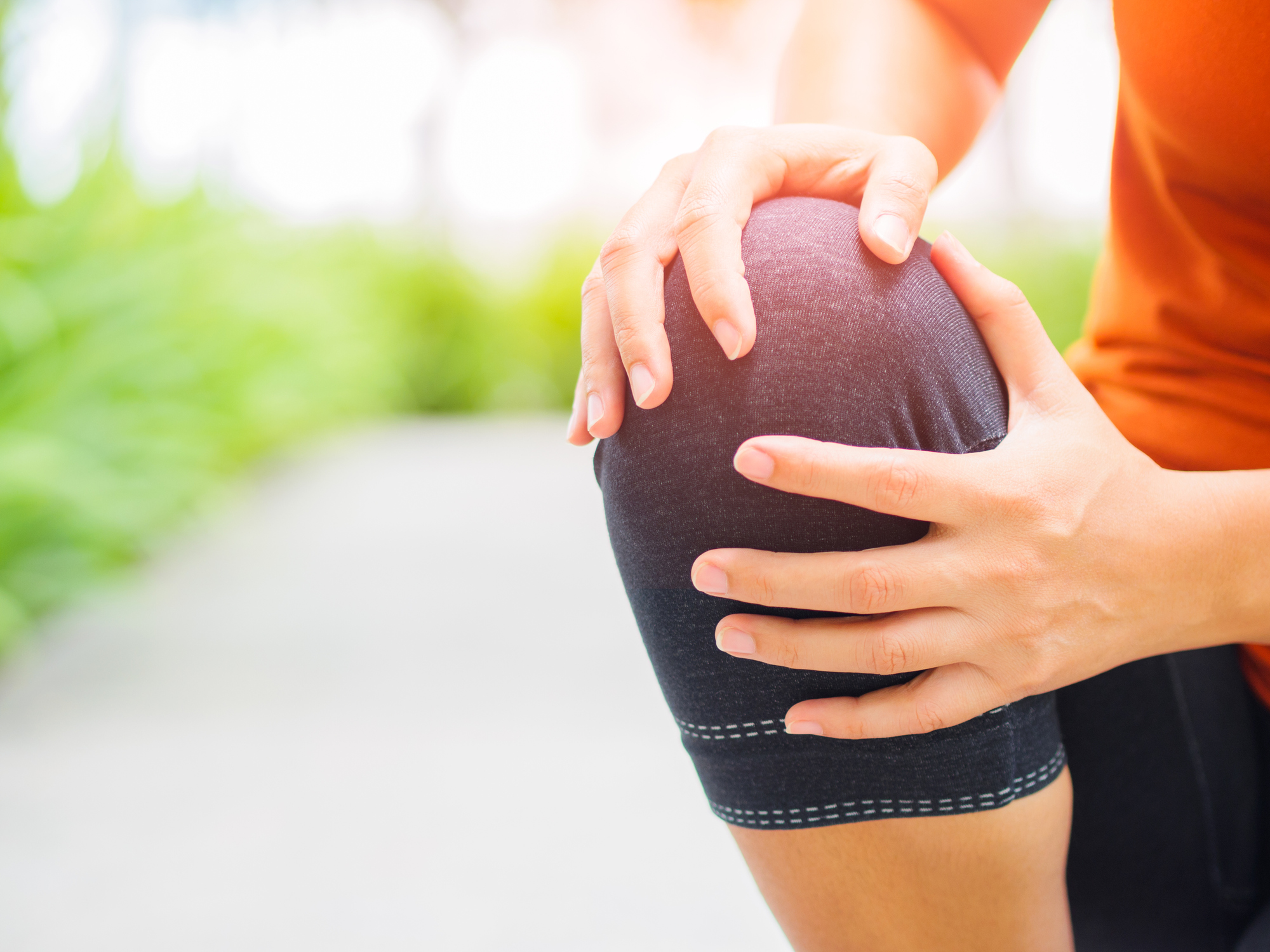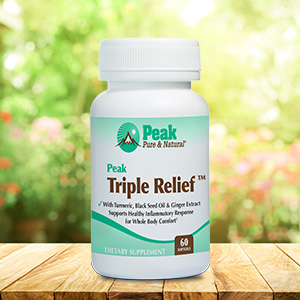Get Easy Health Digest™ in your inbox and don’t miss a thing when you subscribe today. Plus, get the free bonus report, Mother Nature’s Tips, Tricks and Remedies for Cholesterol, Blood Pressure & Blood Sugar as my way of saying welcome to the community!
4 exercises for stronger, pain-free knees

Your knees are a feat of architectural engineering, requiring multiple muscles, tendons, ligaments, meniscus and bones to work to support you while providing a free and easy range of motion.
It’s no wonder then, with this complicated “machinery,” that knee issues are so common. It’s estimated that a whopping 100 million Americans suffer from chronic pain in the knee joints and many turn to dangerous NSAID pain relievers and surgery for relief.
Luckily, if you live with knee pain, constant popping and grinding, inflammation or arthritis, there are other options you can try to build stronger, healthier joints and to ease your discomfort. We’ve put together four exercise methods, backed by doctors at Harvard Medical School, that could help you get the knee pain relief you’re looking for…
#1 — Calf work
Your knee health isn’t just dependent on the joints themselves. Instead, in order to improve the way your knees work and feel, you have to care for all of the muscles around them, starting with the muscles that make up your calves.
Your gastrocnemius muscle, which crosses over the back of your knee, is vital for knee control. The “gastroc” is the biggest muscle in your calf and along with your soleus muscle gives you the power to move forward when walking, running or climbing stairs.
But when this muscle develops weakness, you can easily overstress and overtax your knee and end up with pain, machines, or worse — an injury that lays you up. However, this also means that by building this muscle, you can reduce knee pain and your chances of problems, including surgery, down the road.
To work your gastroc muscle to build strength and control, the easiest exercise is heel raises.
Simply hold on to your kitchen counter to balance and rise up on your tiptoes. Hold for five to 10 seconds and lower back to your starting position. Shoot for three sets of 15 reps each.
#2 — Hip strengthener
Like your calf muscles, the muscles groups of your hips and thighs work to keep your knees strong and reduce stress across the joint. These muscles are your:
- Quadriceps — This muscle that runs down the front of your thigh works to extend or straighten your knee and supports your body weight when the joint is bent.
- Hamstrings — Your hamstrings run down the back of your thigh and are responsible for bending your knee joint.
- Gluteals — Attaching from your lower back and pelvis to the outside of your upper leg (and lower leg via the iliotibial band), your gluteals help to push your hips forward while rotating your legs outward. They also function like a bungee cord during running, walking, lunging and squatting to reduce knee stress and injury. This means that weak gluteals can cause your legs to twist inwards during weight-bearing and skyrocket stress on your knee joint.
The easiest way to engage and exercise all of these muscles at one time is to perform the “sit-to-stand” routine.

Peak Triple Relief™
Peak Triple Relief™ with vitamin D3 supports a healthy inflammatory response for natural, soothing relief from body aches and discomfort
Basically, you move from a sitting to a standing position repeatedly, either from a chair or a higher surface, like the edge of your bed. The goal is three sets of 10 repetitions.
#3 — Balance booster
One of your knee’s most important jobs is helping you maintain balance. It does this by working with other joints, like your hips and ankles, so that you can stand and walk without that telltale wobble. However, this type of coordination takes practice — practice that pays off the dividend of stronger, healthier knees.
The easiest way to boost your balance along with your knee strength is to train your muscles by practicing the “tightrope stand.” Place one foot right in front of the other just like you are a tightrope walker and hold for 30 seconds before switching feet.
Over time, you can work your way up to standing on one leg for 30 seconds at a time.
#4 — Aerobic powerhouses
The final type of exercise you should include in your physical activity regimen is aerobics. Unlike the other exercises we mentioned, this type of activity is recommended not because of the way it specifically targets your knee joints but instead because of its benefits to your whole body — specifically through weight reduction.
According to the team at Harvard, the force of every extra pound you’re carrying right now is magnified many times by the point it reaches your knees. In fact, even on a flat surface, the force on your knees is “equal to one-and-a-half times your body weight.”
Related: 5 medicines that increase your fall risk
And that number goes up with more strenuous activity.
Walking, climbing or running uphill comes with a force on your knees of two to three times your body weight.
Because of this, shedding extra weight helps to dramatically reduce the stress on your knees to help you live with less daily pain and avoid arthritis and injury in the future.
The best aerobic activities for weight loss with the least knee stress include riding a stationary bike, water aerobics and light to moderate walking (if walking isn’t too painful).
Physical therapy now or later?
One thing to keep in mind is that with knee surgery usually comes weeks maybe even months of intensive physical therapy. If you’re going to have to work to rescue your knees and regain range of motion after surgery, it may be easier and less painful to try these exercises before going under the knife.
Sources:
- Knee Pain Statistics and Causes — Classic Rehabilitation, Inc.
- Exercise for stronger knees and hips — Harvard Health Publishing
- Why weight matters when it comes to joint pain — Harvard Health Publishing
- Weak Glutes and Knee Pain — The BioMechanics Method













